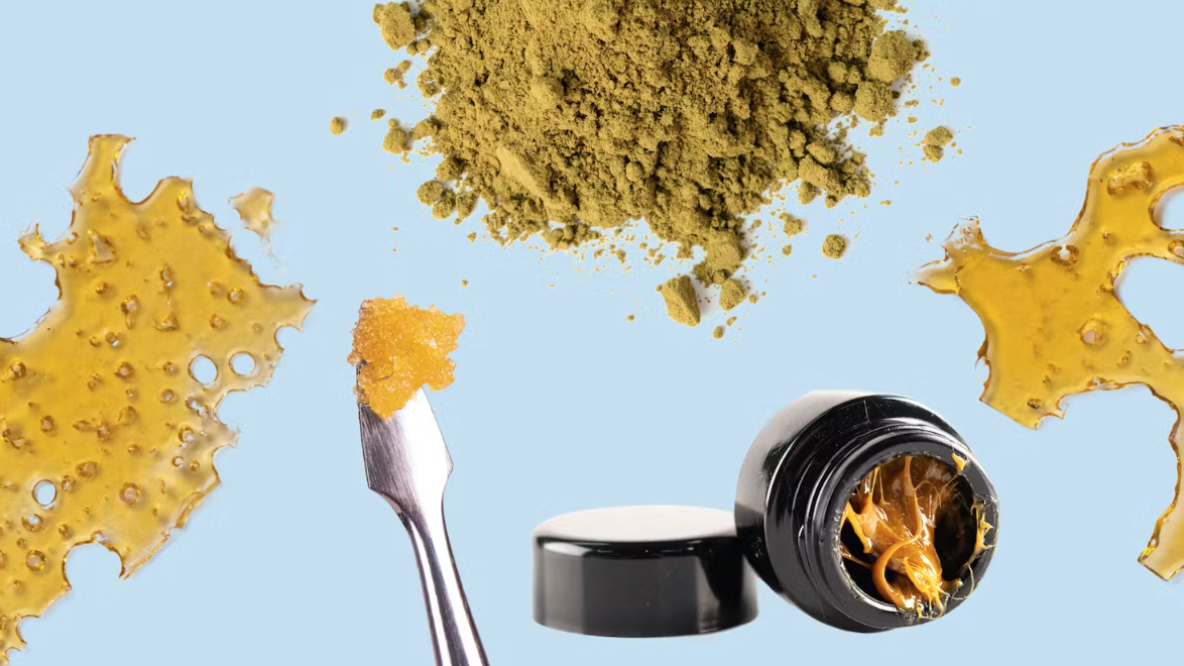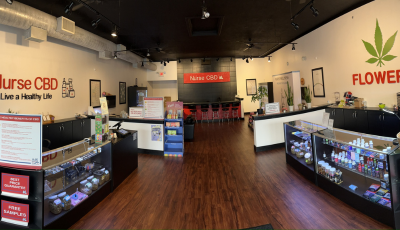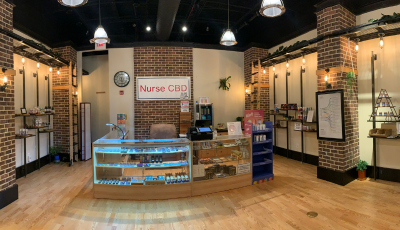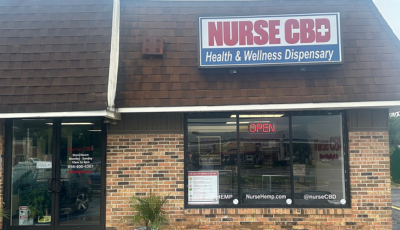Today is National Oil and Concentrate Day in the Cannabis world. Cannabis plants are covered by microscopic, mushroom-shaped, hair-like compounds called trichomes. These outgrowths surround the budding marijuana flower and produce the plant’s cannabinoids. Different varieties of trichomes can be collected. The resulting products, collectively called cannabis concentrates, can contain very high levels of tetrahydrocannabinol, commonly referred to as THC, the psychotropic ingredient in marijuana. These THC-rich marijuana products may be vaporized and inhaled using a vape pen or through a process called dabbing.
What Are Concentrates?
Concentrates is a broad term referring to all products that have been extracted from the plant. Although extracts and concentrates are often interchangeable, some people define extracts as products manufactured using solvents, but not those pulled from the plant with non-solvent methods. Dabs may refer to products made exclusively from butane hash oil; however, the term is sometimes used colloquially for concentrates extracted in other ways.
There are adverse effects associated with marijuana use in any form, though additional research is needed to understand how the use of concentrate may differ from smoking dried marijuana buds. Marijuana concentrates have very high levels of THC. Solvent-based products tend to be especially potent, with THC levels documented at average of about 54-69% and reported to exceed 80%, while non-solvent based extraction methods produce average THC levels between 39-60%.
So what is dabbing? Dabbing is the most popular way to consume marijuana concentrates. Often called “doing a dab” or “taking a dab”, dabbing simply refers to the vaporization and consumption of a marijuana concentrate. On average, the concentrate a consumer might dab has between 60-80% THC, compared to smoking cannabis flower which averages 10-25% THC. For this reason, dabbing is much more economical for most users, as far less product needs to be consumed to reach optimal or desired effects. The effects of a dab usually come on stronger and quicker than smoking the flower itself. Because of this, dabbing is often recommended for experienced or frequent smokers due to the high potency of the product
How are they made? Marijuana concentrates can be made in a commercial environment with modern equipment. They are produced in various ways (dry processing, dry ice processing, water-based processing, combining pressure with heat, using nonflammable carbon dioxide solvents, and using flammable solvents).
Cannabis concentrates include cannabis oils. Cannabis oil is not squeezed or pressed from cannabis flowers. Instead, it infuses oils. Cannabinoids like THC and CBD resist water. They are hydrophobic (water-fearing). However, they are compatible with natural oils. So, people will infuse all sorts of oils with cannabis.
Because cannabis oils offer convenient and discrete administration, they are quickly becoming more widely used. CBD oil can be used to see the benefits without the high. Most of the popular CBD oil comes from hemp with negligible THC content. Other providers focus on developing oils infused with high-potency THC cannabis strains
Most people administer CBD oils under the tongue. Using an eyedropper encourages accurate dosing. Placing the oil under the tongue ensures immediate effects as the oral tissues and glands process the oil quickly.













